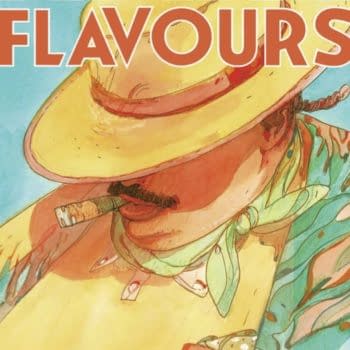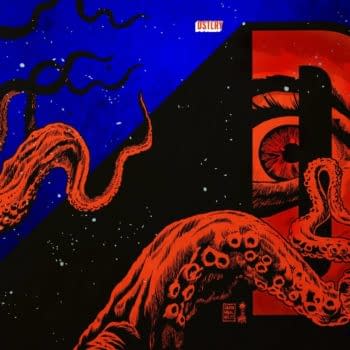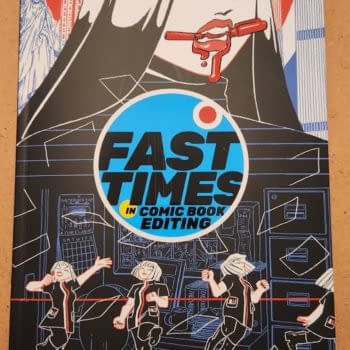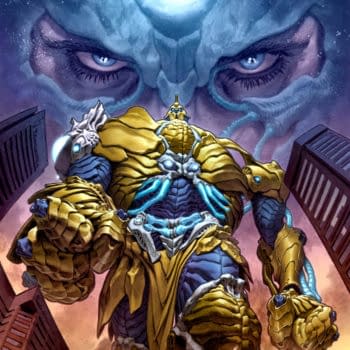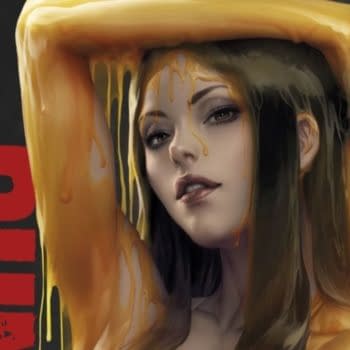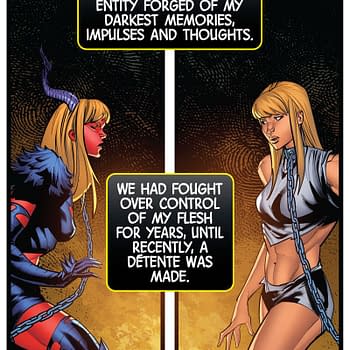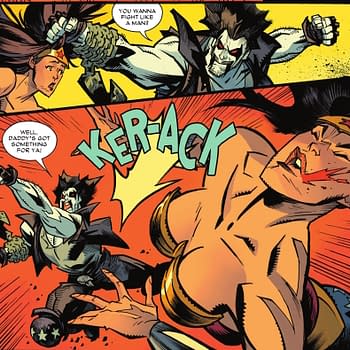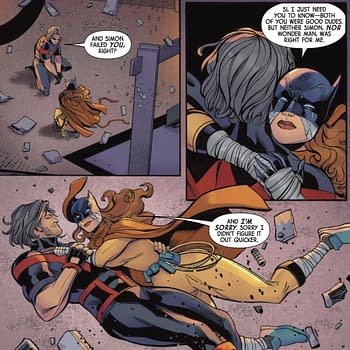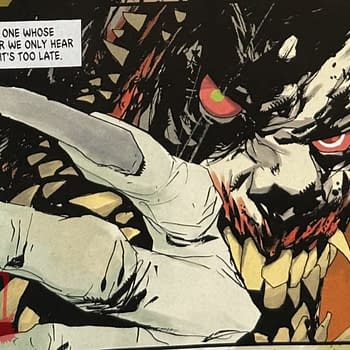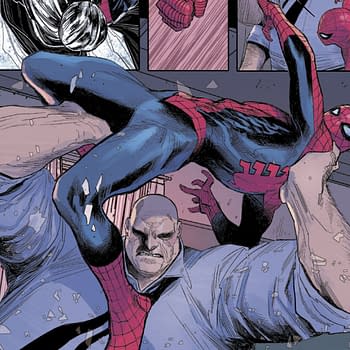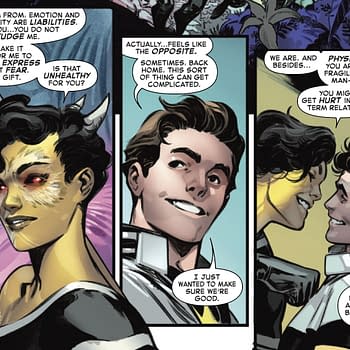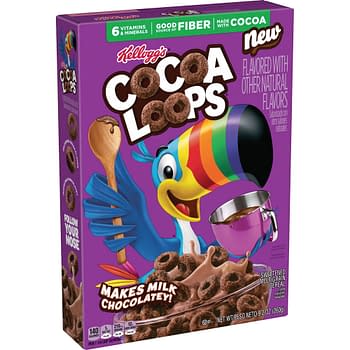Posted in: Comics, Pop Culture | Tagged: chicago, comics exhibition, museums, respectable comics
A Second Comics Exhibition For The Second City
Chicago hosts not one but two comics exhibitions in the city. The first is at the Museum Of Contemporary Art, but the second one is on display at the Chicago Cultural Center. Running June 19th, 2021 through October 3rd, 2021, the exhibition called CHICAGO: Where Comics Came to Life (1880-1960) was curated by Chris Ware (Building Stories) and Chicago Cultural Historian Emeritus Tim Samuelson.
In a brief interview with local television station WTTW Channel 11, Ware and Samuelson discuss the exhibit, which includes what they believe is the first same-sex comics strip. The strip, which ran for only 6 months, called "Lucy and Sophie Say Goodbye," featured two characters, Lucy and Sophie, who were torn from each other in each strip.
But the author of one short-lived Tribune comic strip from 1905 remains anonymous.
"Lucy and Sophie Say Goodbye" features two women whose impassioned departures are always being interrupted.
Ware: It was published anonymously, not signed, which indicated that they were pushing the envelope. It didn't run for very long but it's a beautiful strip and very powerful. The first same-sex comic strip in the history.
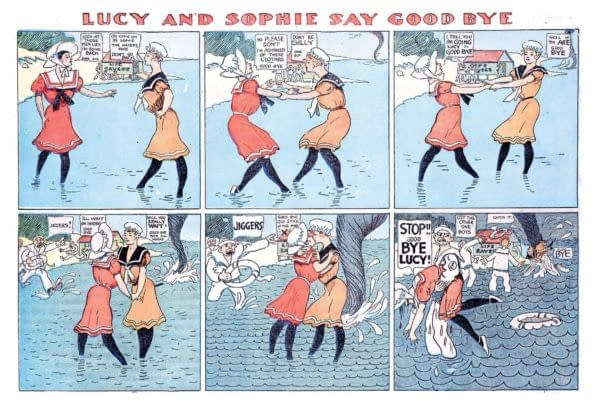
CHICAGO: Where Comics Came to Life (1880-1960) can be found at the Chicago Cultural Center, in the Sidney Yates Gallery located on the 4th floor of the building. The sister exhibition, called Chicago Comics: 1960s to Now, runs June 19th, 2021 through October 3rd, 2021, and is held at Chicago's Museum Of Contemporary Art.
Press materials for CHICAGO: Where Comics Came to Life (1880-1960) follow.
A significant but often overlooked contribution to American art and culture is Chicago's role in the development of the early comic strip. Through its countless newspapers and its publishing industry, Chicago led the transformation of comics from daily fantasy and joke features into ongoing stories grounded in the textures and details of real life, its first real step towards legitimacy as an expressive language and semi-literary art form.
The exhibition focuses on the origins of the comics in popular publishing, the immeasurable importance of African-American cartoonists and publishing, the first woman cartoonists and editors, the first daily comic strip, and finally the art and comics of undeservedly forgotten Frank King, who with "Gasoline Alley" captured not only the rhythms and tone of everyday existence in his characters that aged not only at the same daily rate as its newspaper readers, but were also fictionalized versions of real people.
Curated by artist and author Chris Ware, and Chicago Cultural Historian Emeritus, Tim Samuelson, this exhibition is designed and planned as an intentional historical companion to the concurrently appearing survey of contemporary Chicago comics at the Museum of Contemporary Art, in which Ware's work also appears.



